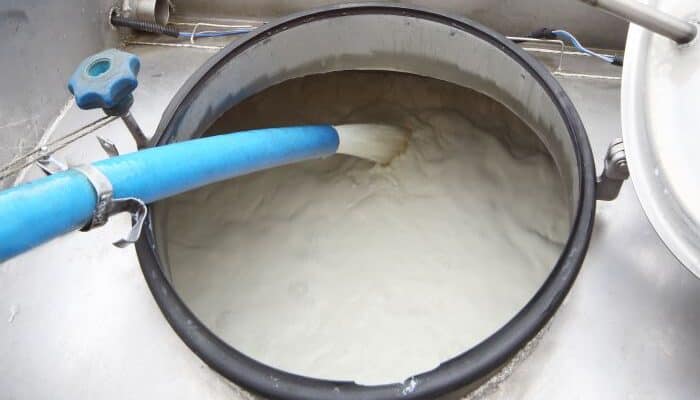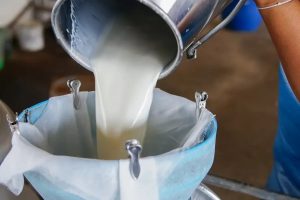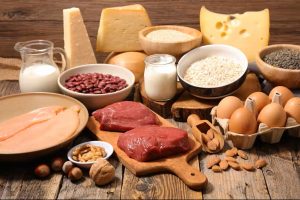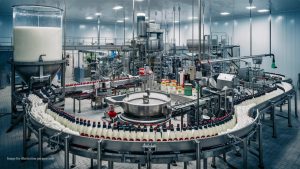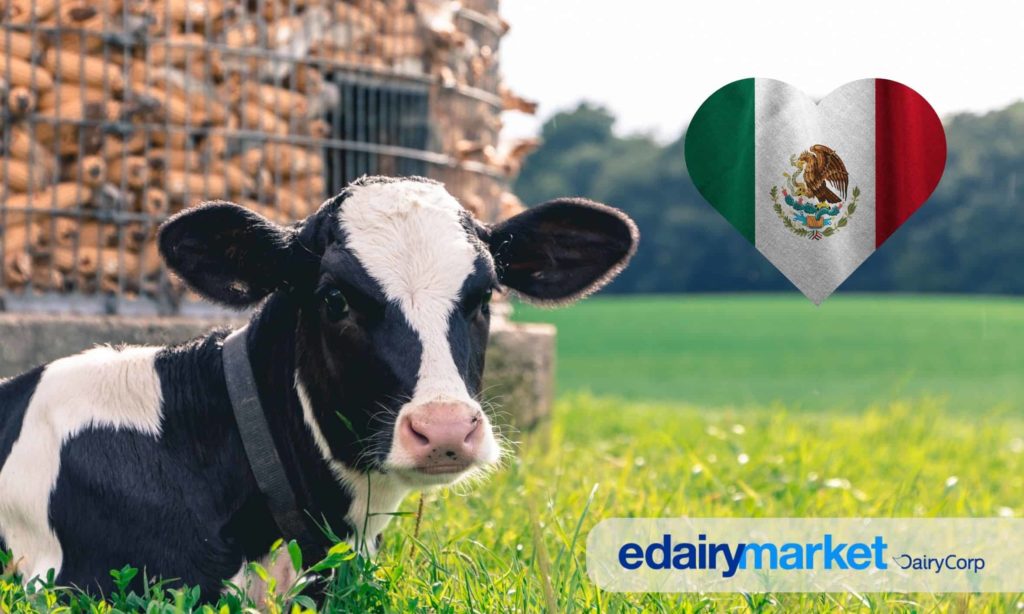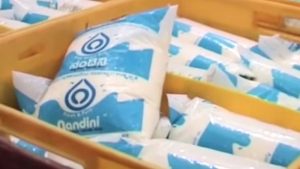
To increase milk production and maintain its quality, a stronger infrastructure for milk collection, transportation, and processing is necessary, as is spending on the education and training of dairy industry farmers, Ravin Saluja writes.
For many years, India has been the world’s largest producer and consumer of dairy products, bringing a steady increase in the supply of milk and milk derivatives. The Indian dairy industry not only provides lucrative commercial prospects but also acts as a vehicle for socio-economic development. India is projected to have more milk output than the whole world, making it both the greatest producer and consumer of milk worldwide. Our country is the world’s largest exporter of milk in addition to being its top producer. Each year, India exports dairy products worth billions of rupees. Several milk enterprises have emerged in response to the rising demand for dairy exports, creating jobs for everyone in the process. During the past three years, India’s export of dairy products has steadily increased, and the country’s increased production will help it grow its export market share globally.
India’s dairy industry and its expansion of exports
In India, the thriving dairy sector accounts for 50 per cent of the country’s GDP. During the past 10 years, India’s dairy industry has experienced extraordinary growth, making it one of the world’s top producers of milk and enriched milk products. Aiming to boost the Indian dairy industry, the Indian government has expanded programmes including the Dairy Processing and Infrastructure Development Fund (DPIDF). State governments are actively working to promote the dairy sector at the same time by allowing the cooperative model in some regions and organising milk purchases. For dairy farmers to compete more effectively with other producers of fresh milk, the dairy cooperative plays a crucial role. Dairy cooperatives have an essential function in the collection of fresh milk from dairy farmers, pre-processing, and sales of fresh milk to major industries and end users. In addition to increasing dairy production, it has provided millions of dairy farmers with a crucial source of income.
Additionally, increasing investment could improve the dairy industry’s ability to not only survive but also experience significant growth and development. India has a competitive advantage because of its sizeable breeding herd, favourable climate, inshore water resources, and substantial agricultural industry. For the Indian dairy business to become more competitive, building high-quality infrastructure at the farm for milk collecting and storage is extremely desirable. Both the cooperative and the commercial sectors have had a significant impact on milk processing in India. Though the export has surpassed the import in both quantity and value recently, both imports and exports of dairy products from India have experienced faster growth rates. India used to be a net importer of dairy products but is now a net exporter, demonstrating the industry’s significant export potential. The variety of dairy products exported from India has increased. Whole milk powder, casein, butter, and ghee exports have increased significantly in value over the past ten years. Furthermore, to increase the foreign exchange revenues from the dairy industry, better milk production and feeding programmes must be implemented in order to produce more exportable surplus.
Policymakers are putting together a strategy to increase domestic and export dairy production in order to maintain the ‘self-reliance’ of the Indian dairy industry. To increase milk production and maintain its quality, a stronger infrastructure for milk collection, transportation, and processing is necessary, as is spending on the education and training of dairy industry farmers. Moreover, in order to increase exports, the country has to make a consistent effort to address issues with things like cost and convenience of doing business and immediately deal with capital, electricity, and land cost challenges. Also, there is a requirement to increase business competitiveness. It may also help firms save money and improve their competitiveness in global markets if problems with infrastructure and transportation and worker flexibility are resolved. In a nutshell, some barriers need to be removed in order to increase India’s export share. The global economy is anticipated to change and new opportunities to arise as a result of technology in the coming years. Indian businesses need to seize these opportunities right away.
Continuous skill development and investments are necessary to remove barriers to export growth, concentrate more on its areas of competitive advantage, and substantially increase exports.
